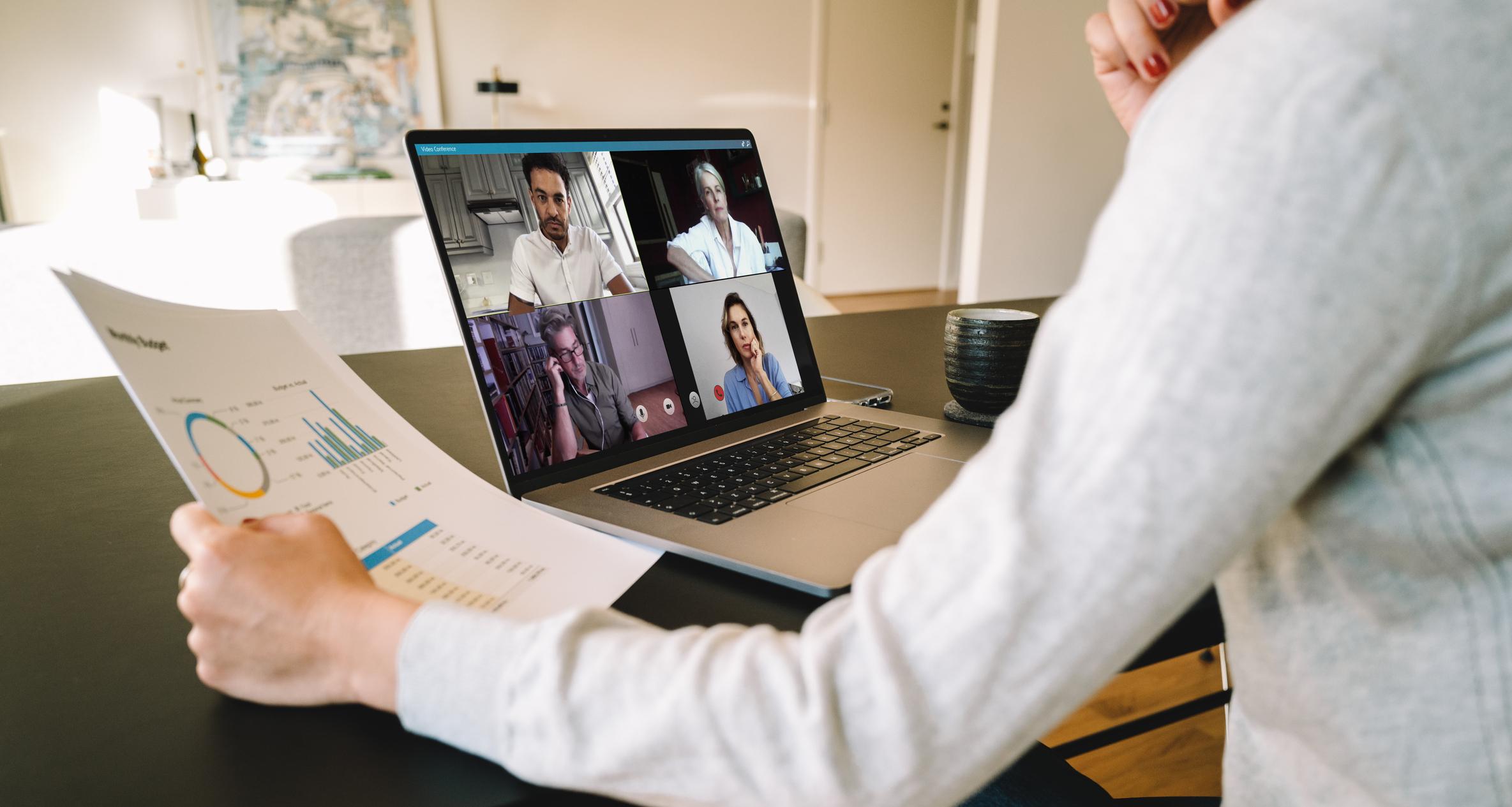MENU
Start
- Best Small Business Loans for 2024
- Businessloans.com Review
- Biz2Credit Review
- SBG Funding Review
- Rapid Finance Review
Our Recommendations
- 26 Great Business Ideas for Entrepreneurs
- Startup Costs: How Much Cash Will You Need?
- How to Get a Bank Loan for Your Small Business
- Articles of Incorporation: What New Business Owners Should Know
- How to Choose the Best Legal Structure for Your Business
Our Guides
- Business Ideas
- Business Plans
- Startup Basics
- Startup Funding
- Franchising
- Success Stories
- Entrepreneurs
Small Business Resources
Grow
- The Best Credit Card Processors of 2024
- Clover Credit Card Processing Review
- Merchant One Review
- Stax Review
Our Recommendations
- How to Conduct a Market Analysis for Your Business
- Local Marketing Strategies for Success
- Tips for Hiring a Marketing Company
- Benefits of CRM Systems
- 10 Employee Recruitment Strategies for Success
Our Guides
- Sales & Marketing
- Finances
- Your Team
- Technology
- Social Media
- Security
Small Business Resources
Lead
- Best Business Phone Systems of 2024
- The Best PEOs of 2024
- RingCentral Review
- Nextiva Review
- Ooma Review
Our Recommendations
- Guide to Developing a Training Program for New Employees
- How Does 401(k) Matching Work for Employers?
- Why You Need to Create a Fantastic Workplace Culture
- 16 Cool Job Perks That Keep Employees Happy
- 7 Project Management Styles
Our Guides
- Leadership
- Women in Business
- Managing
- Strategy
- Personal Growth
Small Business Resources
Find
- Best Accounting Software and Invoice Generators of 2024
- Best Payroll Services for 2024
- Best POS Systems for 2024
- Best CRM Software of 2024
- Best Call Centers and Answering Services for Busineses for 2024
Our Recommendations

Online only.
The End of a Controversial Era: Is the Open Office Dying?

Table of Contents
Many modern workplaces evolved from the traditional model of management offices and worker cubicles to include more open setups with “hot” desks and rotating conference rooms. These open office environments enjoyed popularity and were a thriving trend.
Amid the pandemic and the ensuing rise in remote work, however, many professionals wondered if the open office would become a thing of the past. While office buildings are no longer largely dormant as they were during the height of the pandemic, office life has shifted to more flexible workplaces and hybrid arrangements.
We’ll look at the current state of the open office, address its future, and explore whether it was even a good idea in the first place.
Editor’s note: Need cubicles for your business? Fill out the below questionnaire to have our vendor partners contact you with free information.
What is an open office?
Open offices and private offices have stark differences. An open office floor plan has collaborative desk environments, rotating conference rooms and potentially even free-use offices. Whereas traditional offices feature many cubicles in an open floor plan, an open office offers tables or half-cubes where workers directly face and sit next to one another without any kind of separation.
An open office has the following goals:
- Collaboration and innovation: An open office’s primary goals are collaboration and innovation. Ideally, the open office fosters constant team member communication, including organic brainstorming sessions and quick, productivity-related questions.
- No physical hierarchy: The open office removes the physical hierarchy within a corporate structure. An intern may sit next to a business development VP, and an executive may take calls within earshot of other employees. The open office allows a breakdown in traditional corporate roles, further fostering a free-thinking, collaborative environment.
While the open floor plan encourages collaboration, removes the physical structures of employment hierarchy and can save businesses money on office space, it’s unclear if the open layout leads to more productivity.
For open offices to succeed, everyone must abide by open office etiquette practices, such as respecting co-workers’ privacy, keeping noise levels down and being considerate of others’ needs.
Is the open office dying?
The open office format was trendy and popular before the pandemic. Well-known Silicon Valley companies led the way, presenting images of free-thinking, collaborative environments. However, the pandemic prompted an unprecedented rise in remote work and hybrid work schedules.
The open office may be falling out of favor for the following reasons.
- The hybrid work trend: A McKinsey survey found that 90 percent of company executives planned to offer some kind of hybrid work option in the future, and a Cisco study found that 82 percent of workers said hybrid work environments have made them happier and more motivated. Happier and more motivated employees lead to increased productivity — the goal of every office.
- Remote work: Studies show that working from home increases productivity for many employees and boosts their overall happiness and work-life balance. Again, happier, more productive employees benefit employers.
- A need for privacy: Today’s workers want private workspaces. According to a survey on office design and performance, 3 in 5 Americans reported needing private workspaces to produce their best work. While reverting to a cubicle-based layout is an option, many workers aren’t cubicle fans. Cubicles can create the illusion of privacy, but workers must still deal with noisy offices and privacy issues. Options beyond cubicles and open office layouts must be considered.
Remote and hybrid work arrangements are emerging as favorable options for entrepreneurs and small business owners. Future workspaces will likely include a work-from-home option and an in-office option. However, the in-office option may evolve into a completely new kind of space that blends various workspace types so that employees can work productively in different environments.
Ways to stay productive in a noisy office include wearing earplugs or headphones, planning assignments according to the office’s volume level, and focusing on one task at a time.
What are the pros of open offices?
Although they’re not as popular as they used to be, open offices have upsides that may be attractive to some business owners, including the following:
- Open offices create a collaborative team setting. Open offices can be great setups for many companies, depending on their team structure and the nature of their work. For example, a highly collaborative workforce is typically more successful in an open office environment than in an independent one.
- Open offices encourage communication and a close workforce. Open offices can help create more effective employee communication and provide more team-building opportunities. There are more opportunities for casual connections and authentic relationships.
- Open offices are cost-effective. You need fewer materials and rooms in an open office, and it’s easier to set up. With more shared resources, your office space costs will likely go down.
- Open offices are flexible. Open offices are ideal for businesses that employ creatives or people who prefer a nontraditional workspace. These layouts may help many employees feel more creative and productive.
- Open offices have more space for employees. You’ll be able to fit more workers into open spaces than in closed-off offices. This makes it easy to train and work with large groups of people at one time.
- Open offices are aesthetically pleasing. Another significant benefit of working in open office spaces is that they tend to look appealing. The cubicle model has been associated with boredom and mundane workdays. Many businesses with open floor plans give the impression of being more exciting and inviting.
- Open offices may appeal to younger workers. While open offices aren’t as trendy as they once were, younger workers may prefer a more vibrant and collaborative open floor plan.
No matter your workplace layout, you can improve your office’s work environment by hiring employees who fit your culture, improving office lighting and furniture, and hosting company events to foster engagement.
What are the cons of open offices?
There are also some downsides of using an open office floor plan, including the following:
- Open offices may decrease productivity. Depending on the employer and the nature of the work, an open-office layout can decrease productivity due to more workplace distractions. This layout has received backlash, with many workers feeling less productive and valued, and more insecure and distracted.
- Open offices lack privacy. The lack of privacy in an open office can make employees feel less secure. Lowered privacy is the flip side of the collaboration and communication touted as open-office benefits. Employees’ personalities may influence whether they enjoy the atmosphere or feel exposed.
- Open offices can lead to lower job satisfaction. A study published in the Scandinavian Journal of Work, Environment & Health found that “employees working in small or medium-sized open-plan offices consistently reported lower levels of job satisfaction, subjective well-being, and ease of interaction with co-workers than employees working in cellular or shared-room offices.”
- Open offices can expose workers to germs. Given everyone’s COVID-19 experience, open-office companies face health and safety concerns. Individual cubicles and offices are much more effective at preventing the spread of germs and diseases.
Choose the office setup that’s best for your business
These days, many workers want a hybrid arrangement that balances working from home and in the office to foster a positive work-life balance. Ultimately, you know your business, your employees and what’s best for productivity.
It’s also essential to consider costs. Is it better to invest in software suites and downgrade your office to support workers coming in a few days a week? Or do you want to spend money on a more robust physical space and require employees to go to the office five days a week?
One good way to get insight is to ask your team via employee surveys. By giving your workers agency in the situation, you’re showing that you’re prioritizing their needs while balancing what’s best for your company. In many instances, prioritizing employee needs is the best thing for your small business and productivity.
Adam Uzialko contributed to the reporting and writing in this article.
















